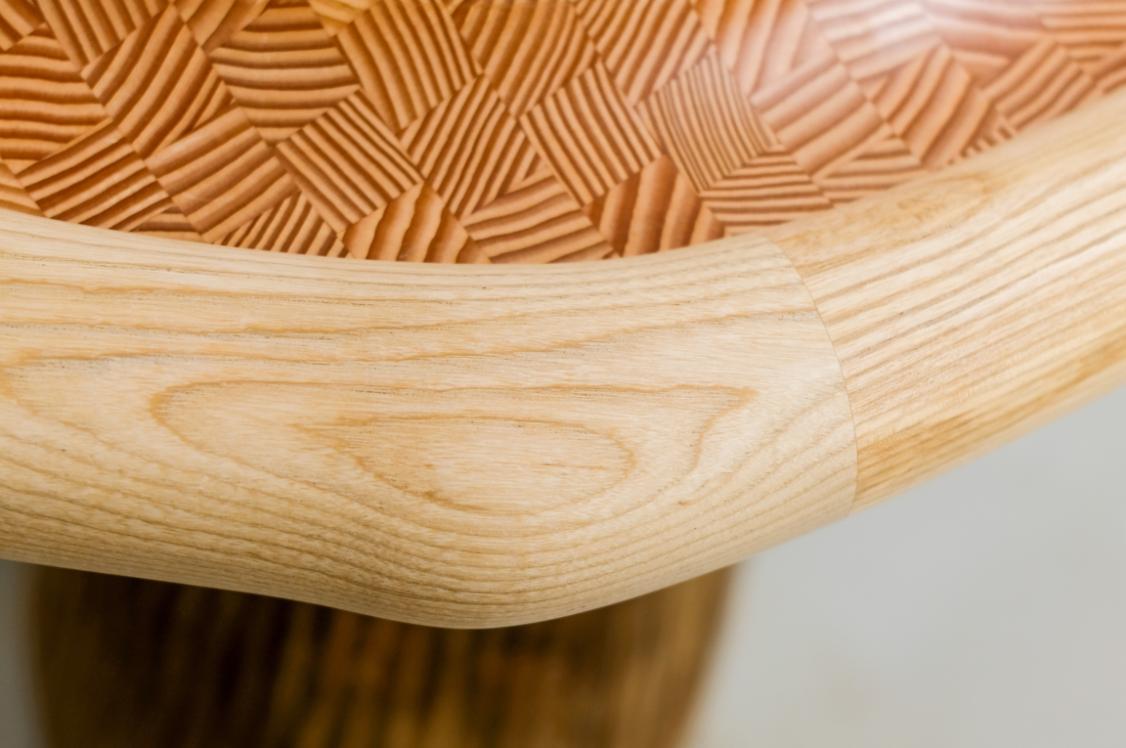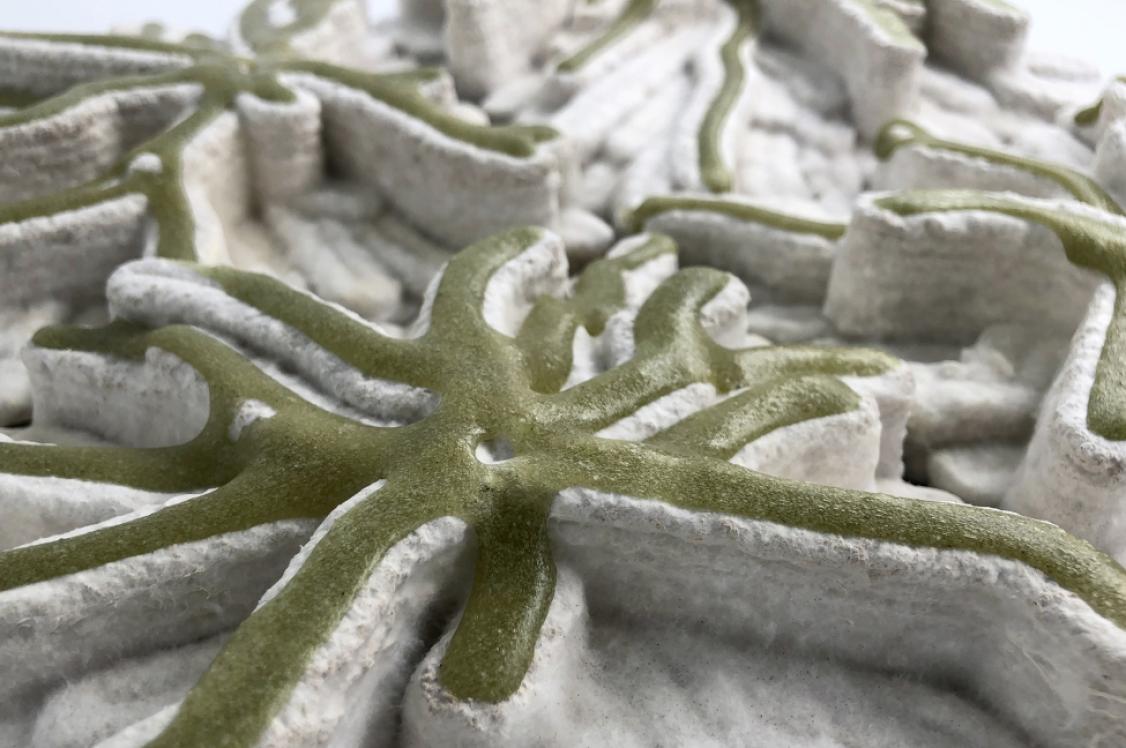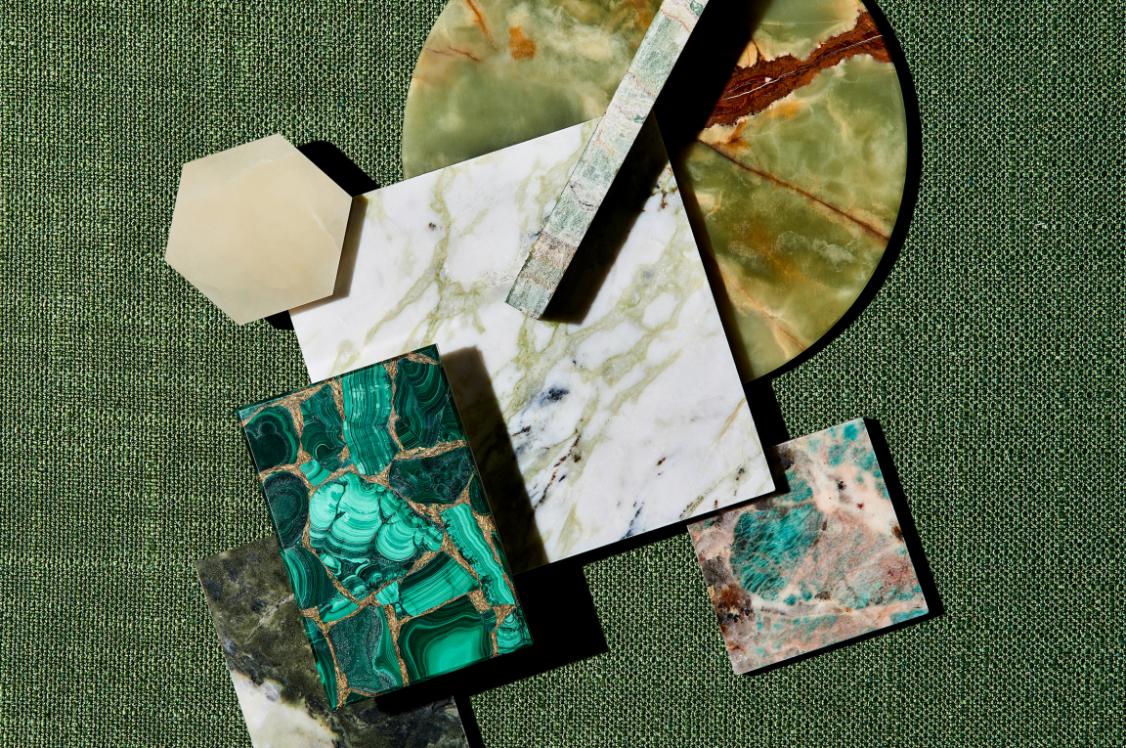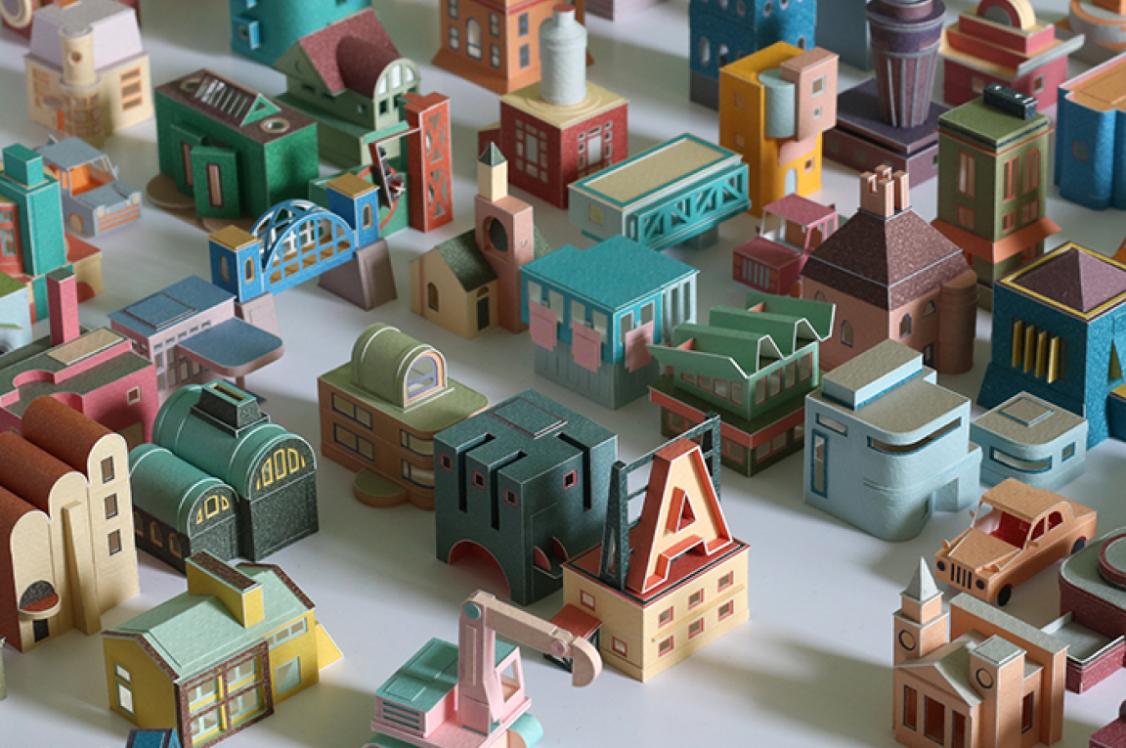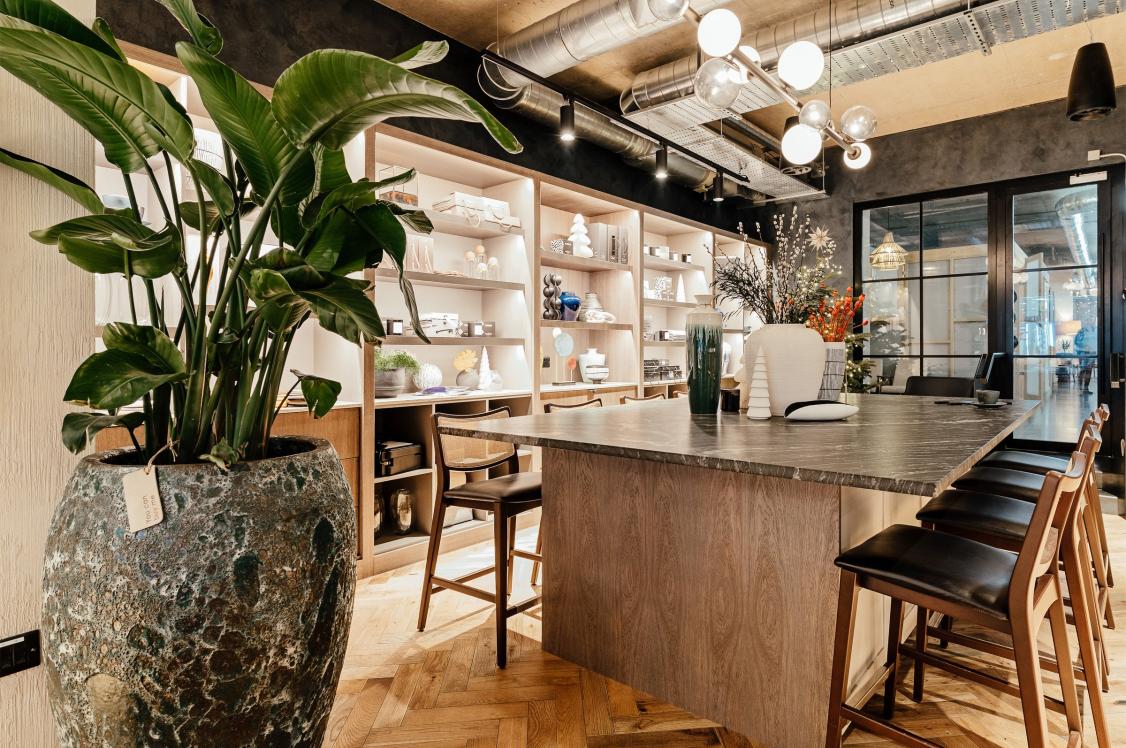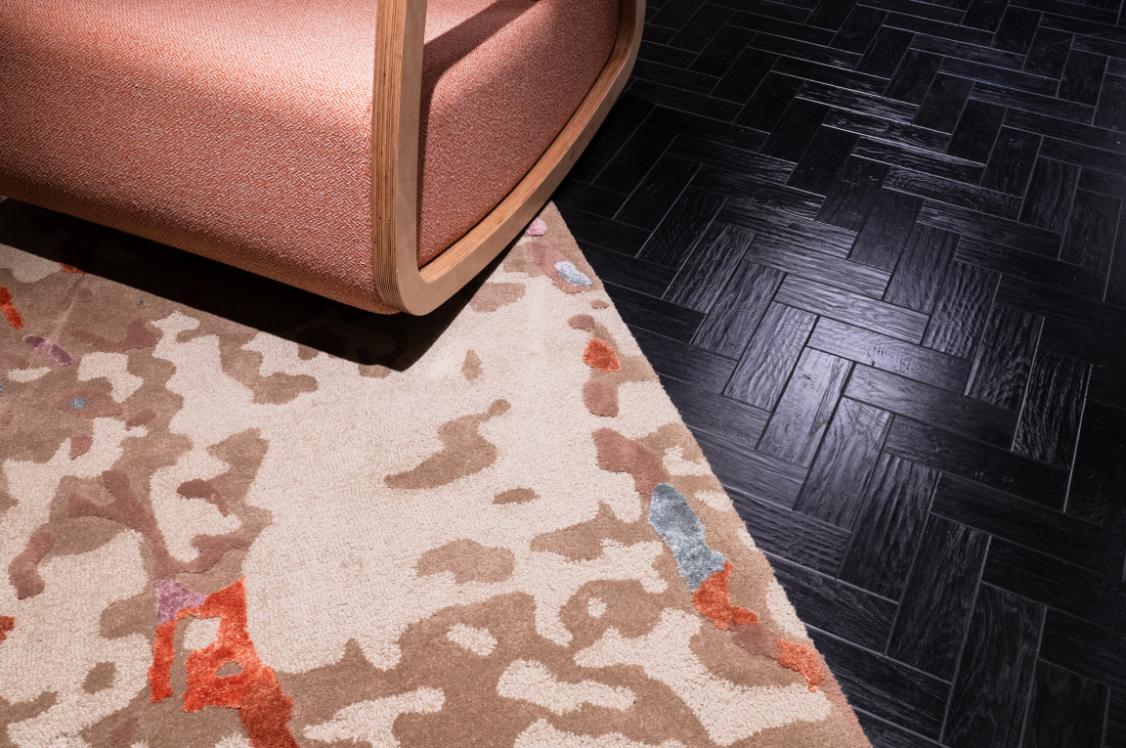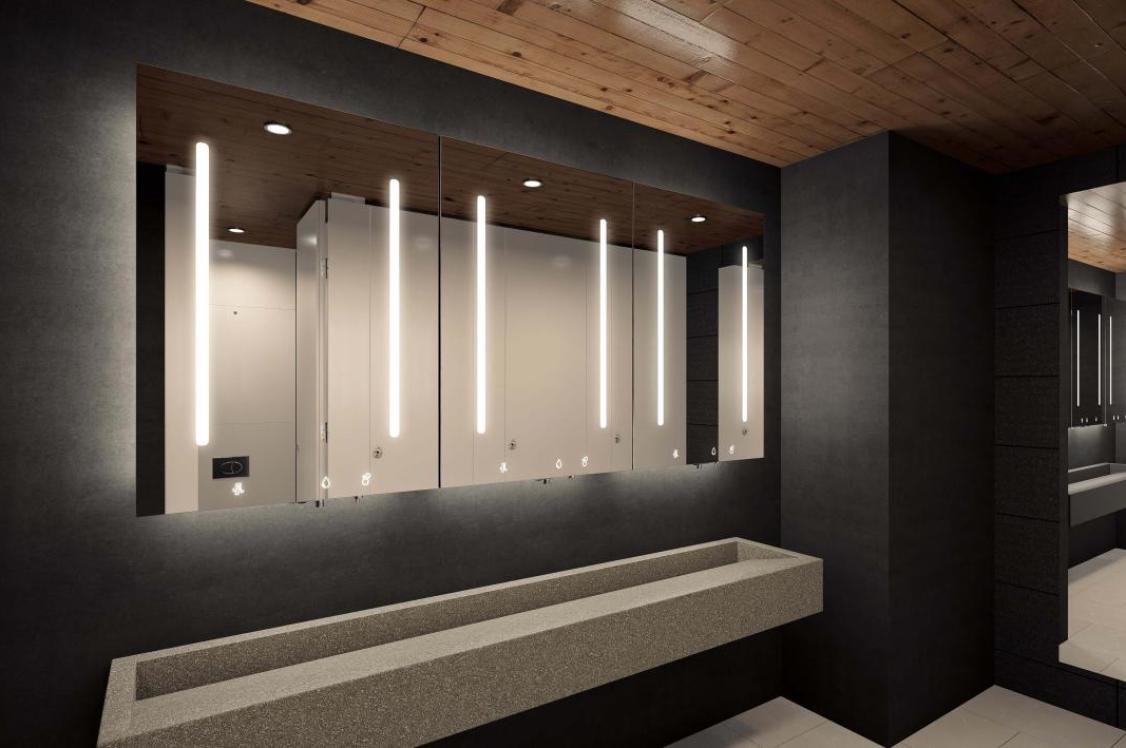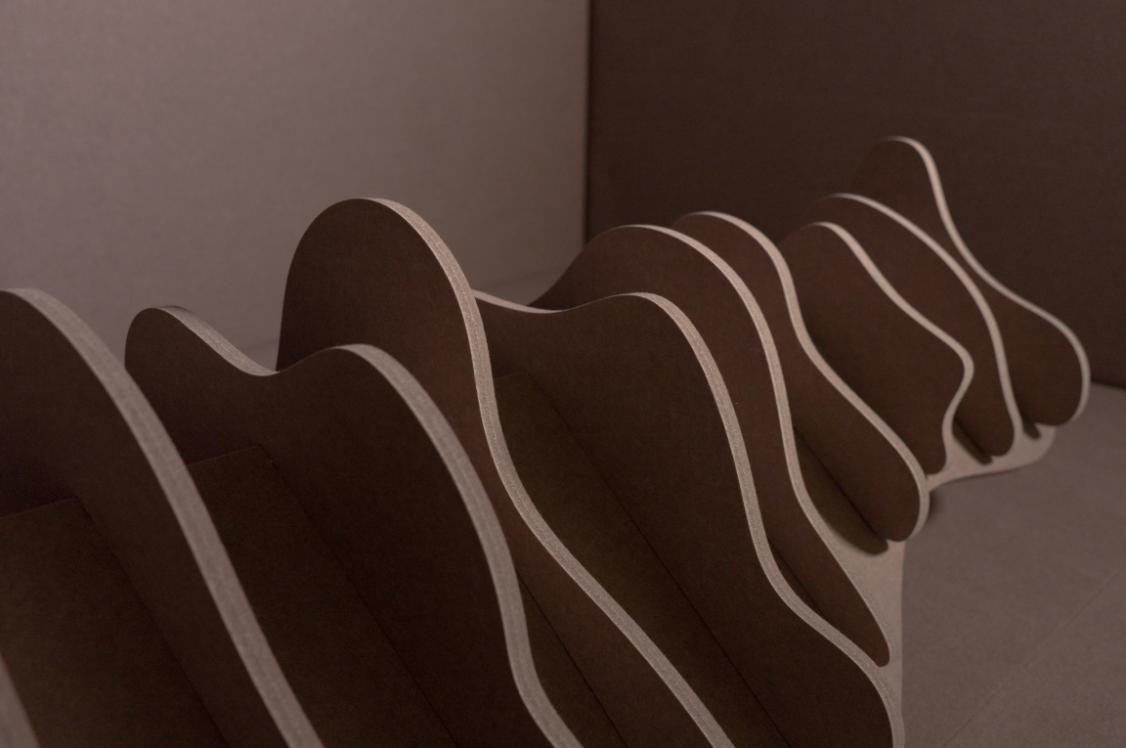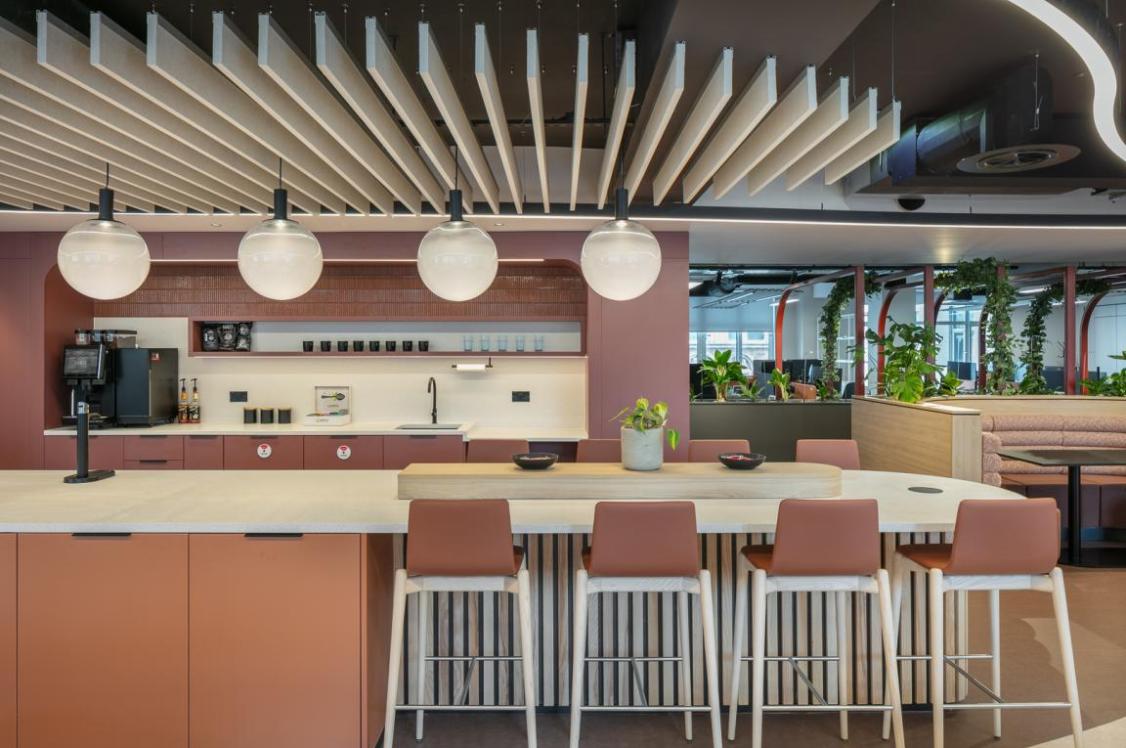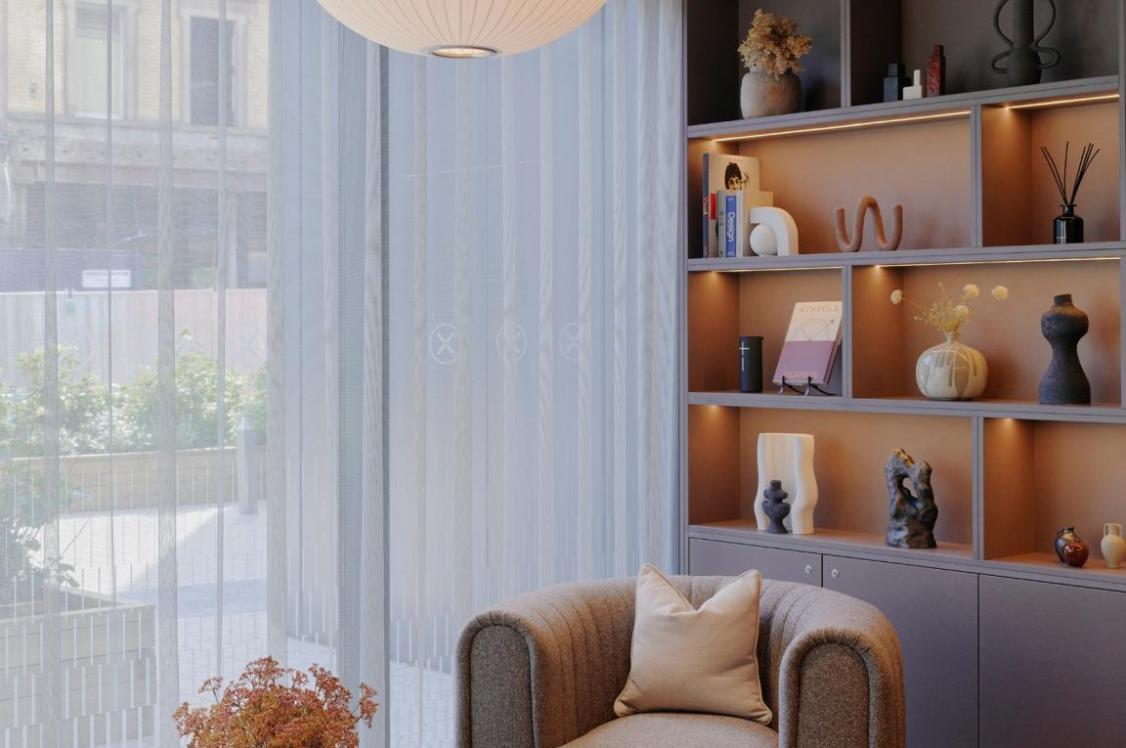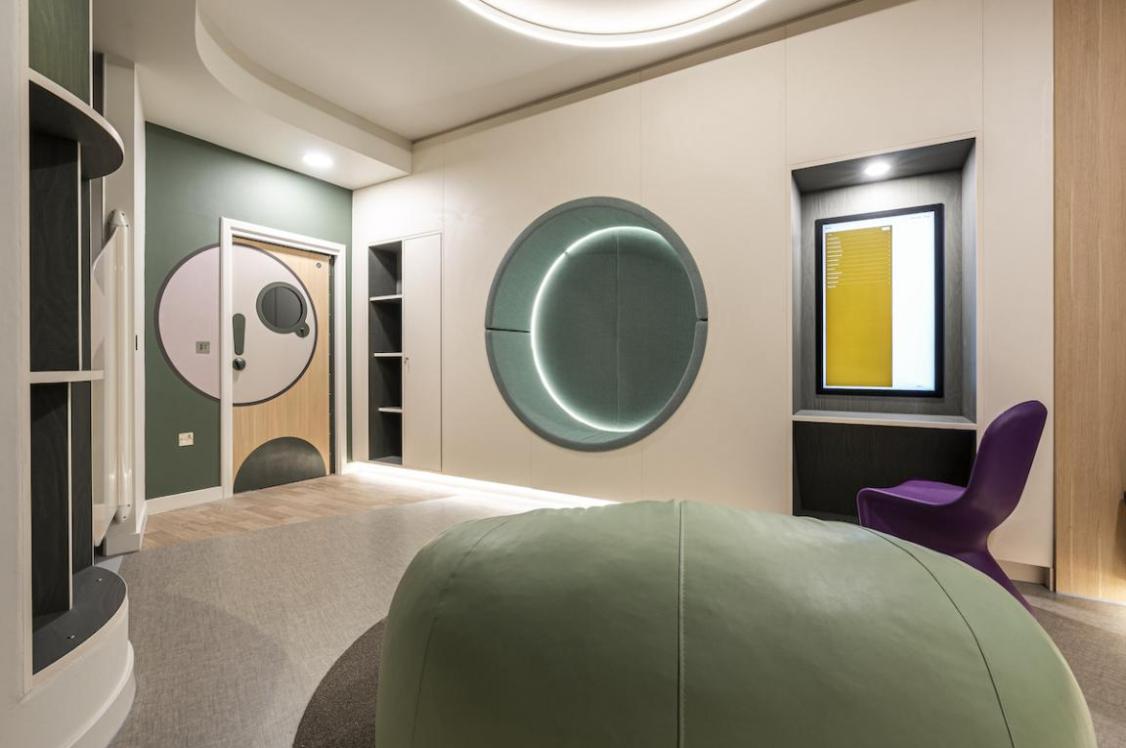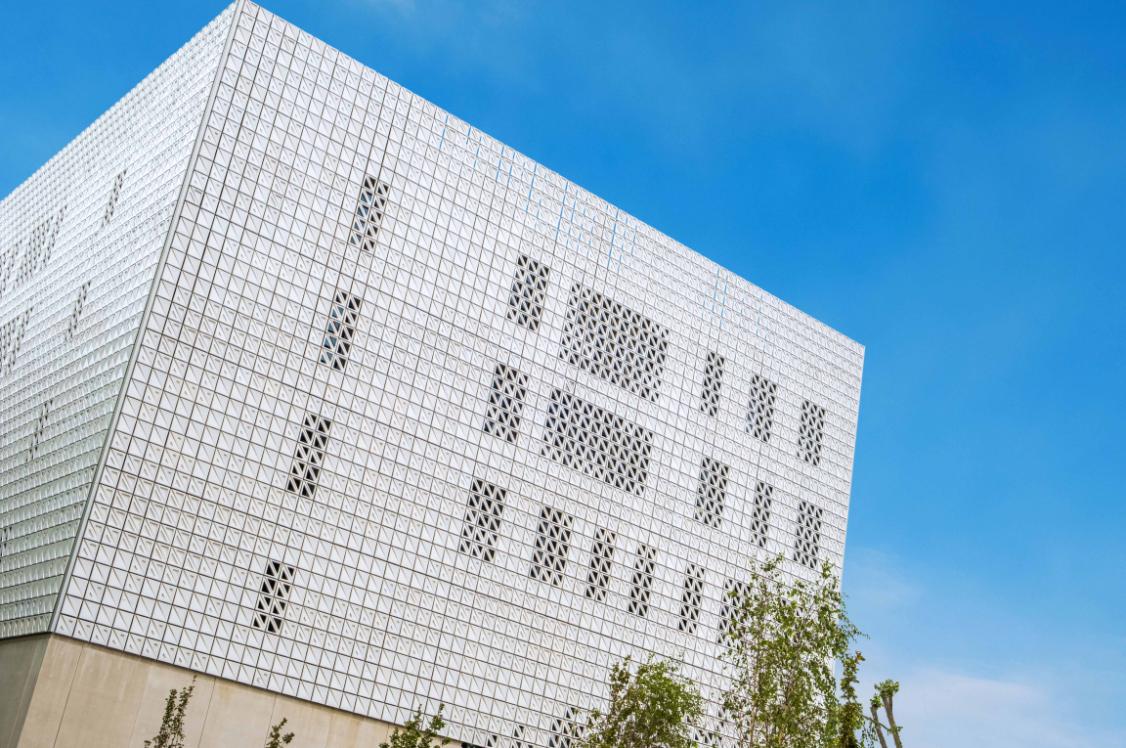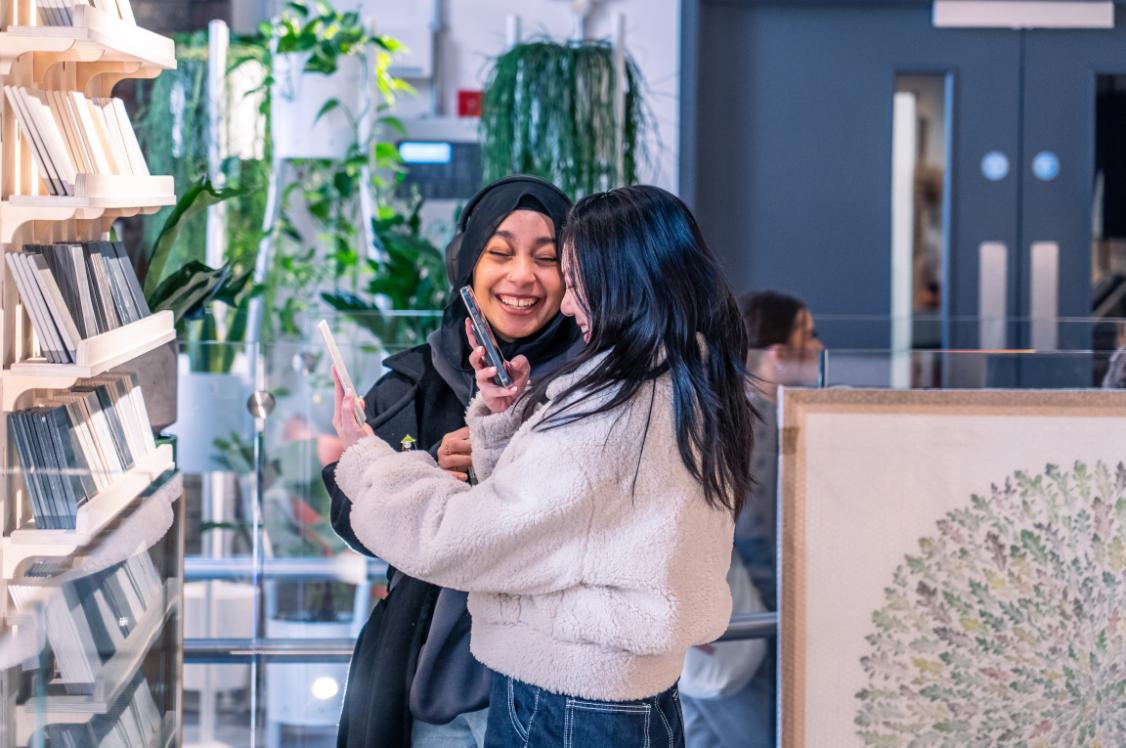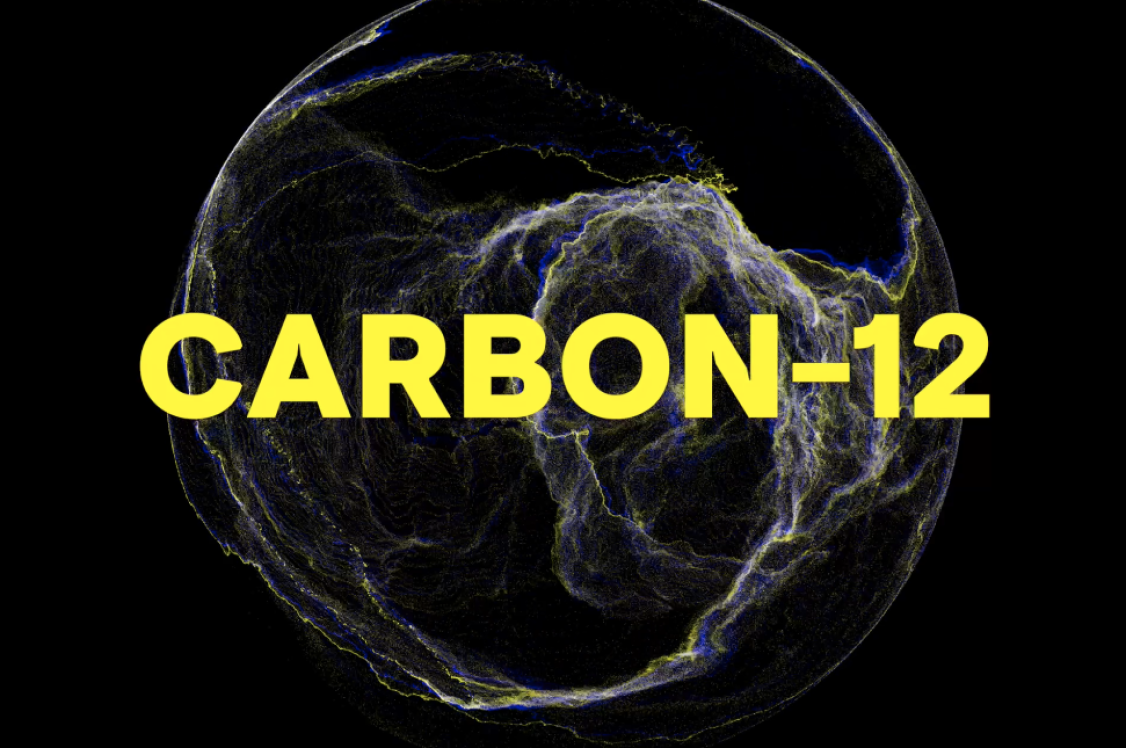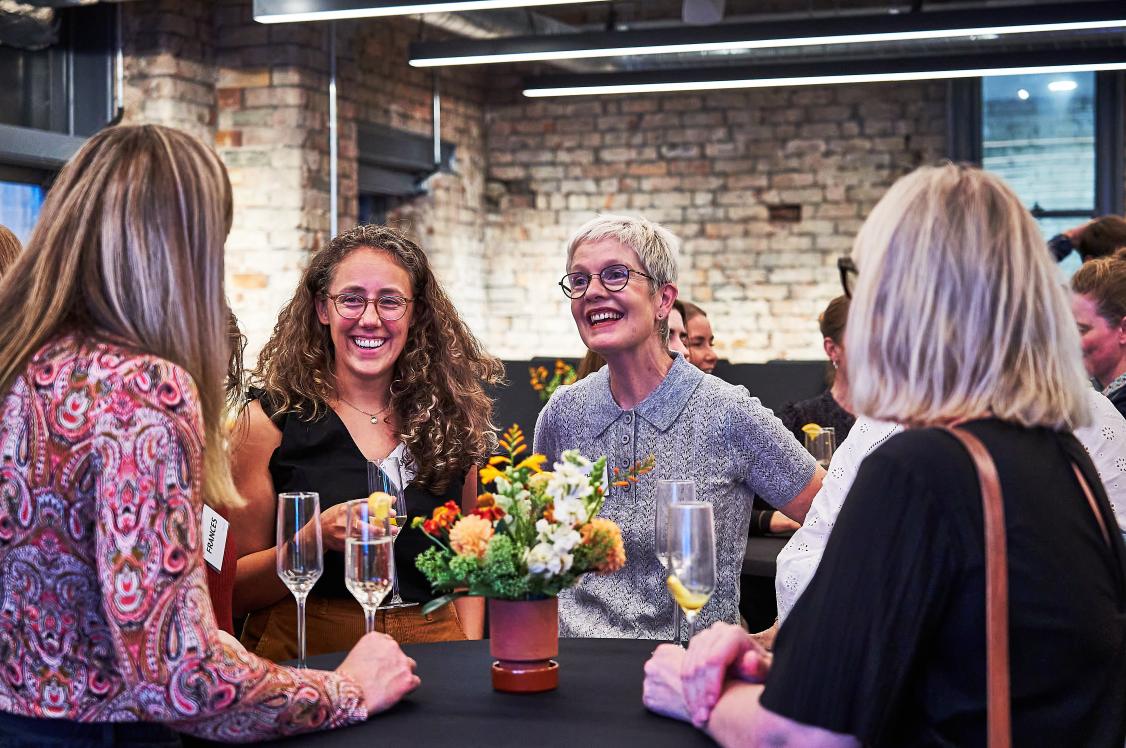Meet the maker: Scottish seaweed based textile artist, Jasmine Linington.

Jasmine Linington is a slow textile artist, based near the scenic, seaweed-smothered shores of Edinburgh.
Inspired by the fluctuating textural and tonal qualities of seaweed, Jessica’s practise has been bewitched by the aquatic plant - now firmly the principal material and USP of her studio.
Emerging from Edinburgh’s College of Art, Jasmine has refined a wealth of explorative processes working with different species of seaweed. Whether it be developing dyes, fabricating sequins that she later uses for hand embroidery, or making pressings - Jasmine employs one or several of these techniques to create dazzling pieces relic to the Scottish coastline.
Dividing her practise into two areas of focus, Jasmine works on both her kelp textile wall-art pieces, as well as producing a series of kelp-based products such as earrings. Alongside this she is continuing her research into seaweed based textiles to further expand the materiality of her practise.
Admirers of Jessica’s seaweed bejewelled artworks, we sprung at the opportunity to catch up with her.
How did you get started?
“I have always loved making with my hands. I fell in love with textiles at school, and from there went on to study a BA Hons degree in textiles at Edinburgh College of Art (ECA) in 2012.
“I started to view seaweed in a new light during my final year. As I walked along the beach close to where I grew up in southeast Kent, I was thinking of what material to use for a project we had been set. I looked down at my feet and saw a mass of seaweed, all in the most amazing colours and textures. I couldn’t believe I hadn’t seen seaweed in this way until now and from that moment, seaweed has consumed my practise.
“I went back to ECA to study a Master of Fine Arts in textiles in 2017 to give myself time to really push the boundaries of seaweed and see how far I could take it. I looked at seaweed as a natural dye, embellishments, as well as working with a fibre called SeaCell, which is comprised of eucalyptus and seaweed cellulose”.

Can you please describe your practice?
“I am a textile artist/maker working with seaweed in new and inventive ways. Experimenting with a variety of seaweed species hand harvested, under license, from beaches close to Edinburgh, I use the material as a natural dye and as unique embellishments.
“Working with SeaCell fibre, I create innovative constructed textile pieces and fabric using digital and hand embroidery techniques that are beautiful as stand-alone items and as the base fabric for my seaweed embellishments. I set up my Edinburgh-based studio in 2020, where I work on seaweed-based wall art commissions, jewellery, and seaweed pressings”.

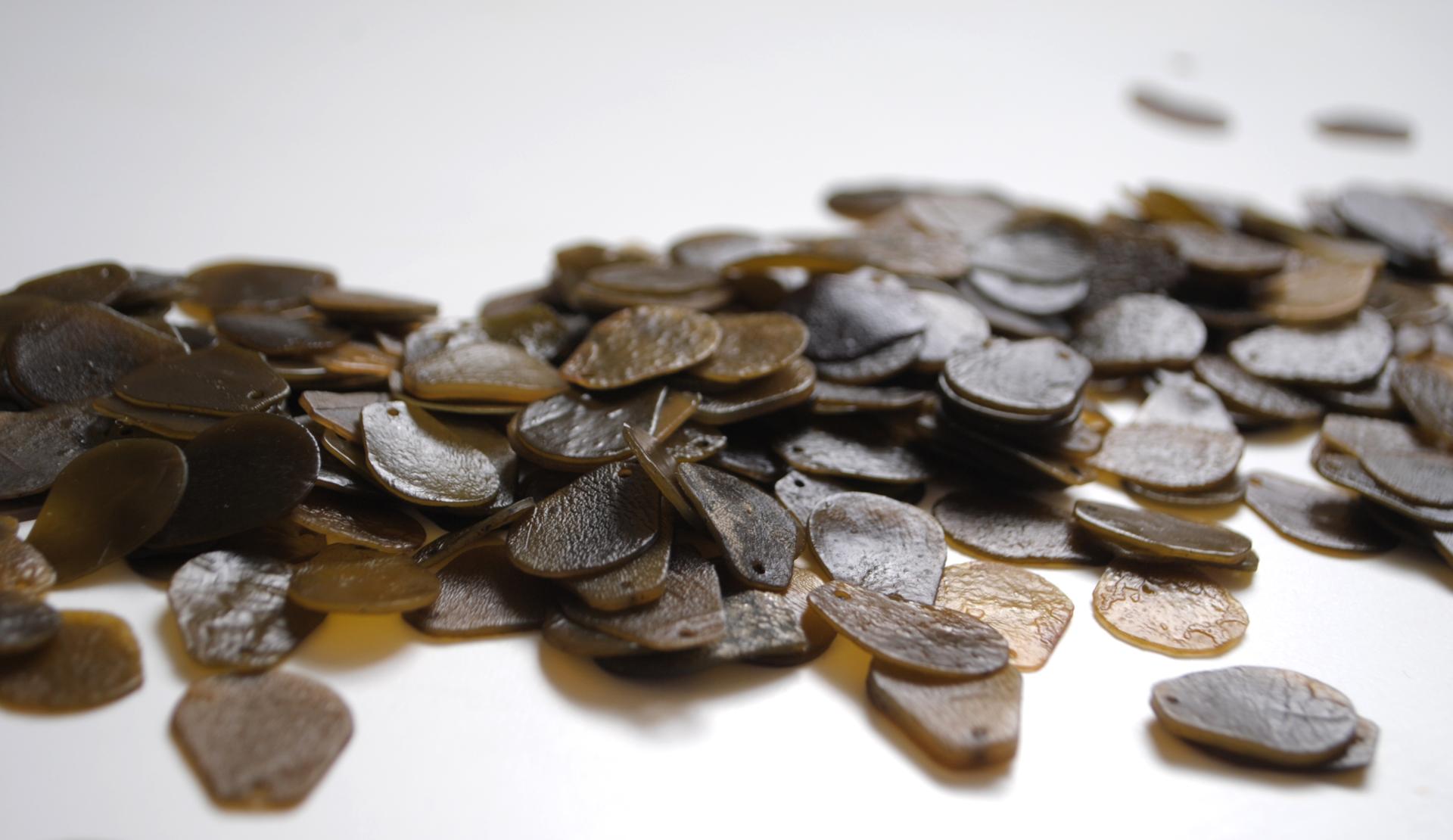
What spurred your fascination with seaweed and its material possibilities?
“I became fascinated by its beauty in colour and texture back in 2014, and it has since been the focus of my creative practise. Not only is seaweed beautiful, but it is also a highly sustainable resource and amongst one of the fastest growing organisms on the planet.
“During my research, I discovered how versatile the material was and I thoroughly enjoy working with it as my main material. There is something so grounding about the process of beach to finished item, adding a tremendous amount of pleasure to my day-to-day life”.
Can you please explain the making process behind your kelp-based textiles and products, and how do you ensure to harvest Scottish seaweed for your work responsibly?
“Mindful of harvesting seaweed correctly, sustainably, and legally, I have obtained a licence for small-scale harvesting for beaches close to Edinburgh.
“Starting with a trip to the beach, I try to pick a day that has a very low tide, so I have access to a larger quantity of kelp seaweed. This means that I can spread my harvesting out to various areas, so I don’t take too much from one patch, which would cause disruption to the habitat. However, I take such a small amount that I would never make an impact on the habitat. I just like to practise in this way.
“Once I have gathered what I need, I will bring it back to the studio and take it through several steps to get to the final kelp sequin. One step is laser cutting it into the desired shape. When I have my sequins, I will then start the process of stitching each element onto my SeaCell embroidered fabric, which I make on my CAD embroidery machine”.
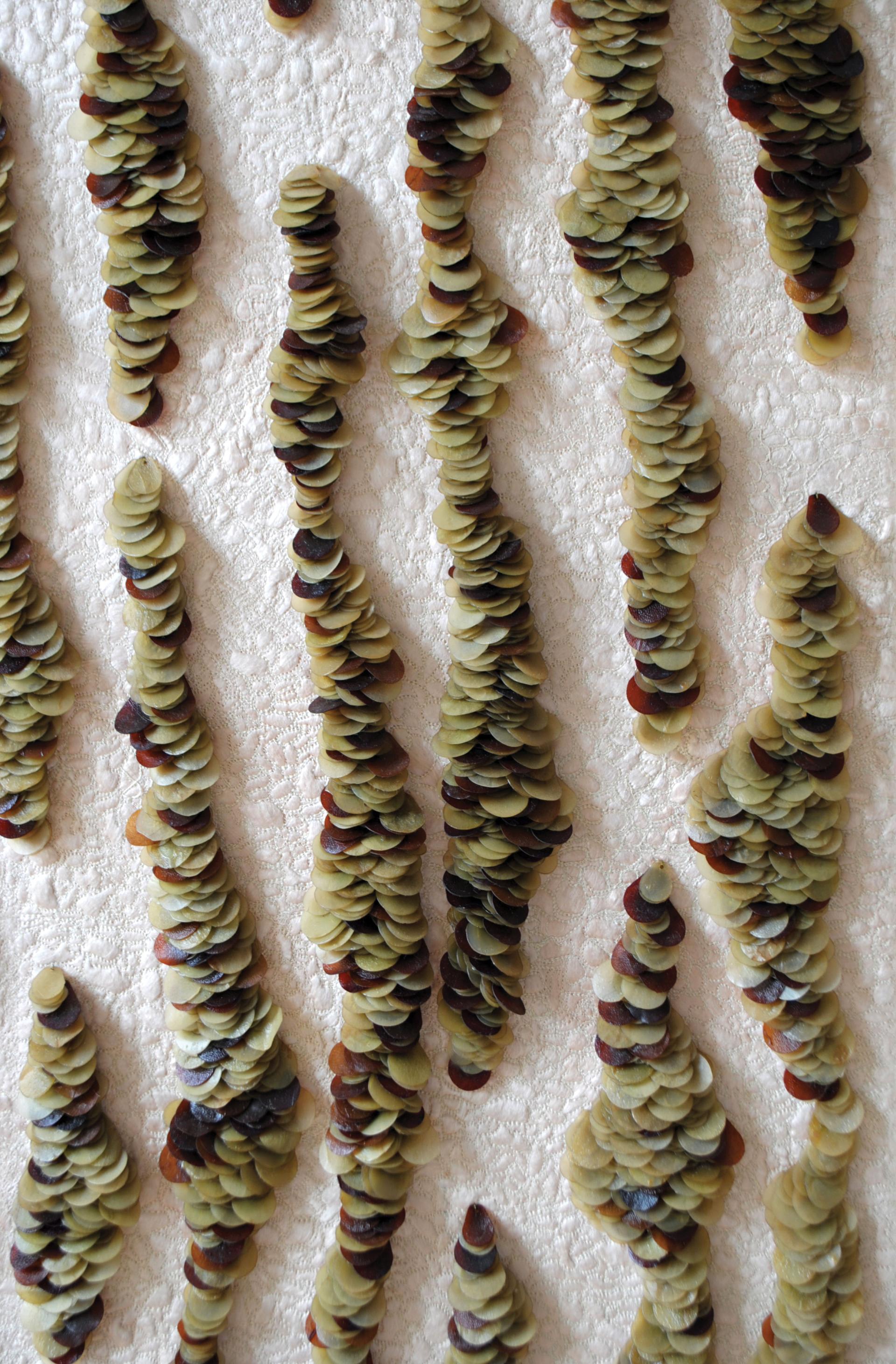
What inspires you about the development of bio-based textiles?
“I think that it is an exciting time for the textile industry. With the devastating effect the industry has caused to our environment, it has opened the doors to some fascinating findings and solutions to help save our planet”.
To find out more about Jasmine’s work visit.









